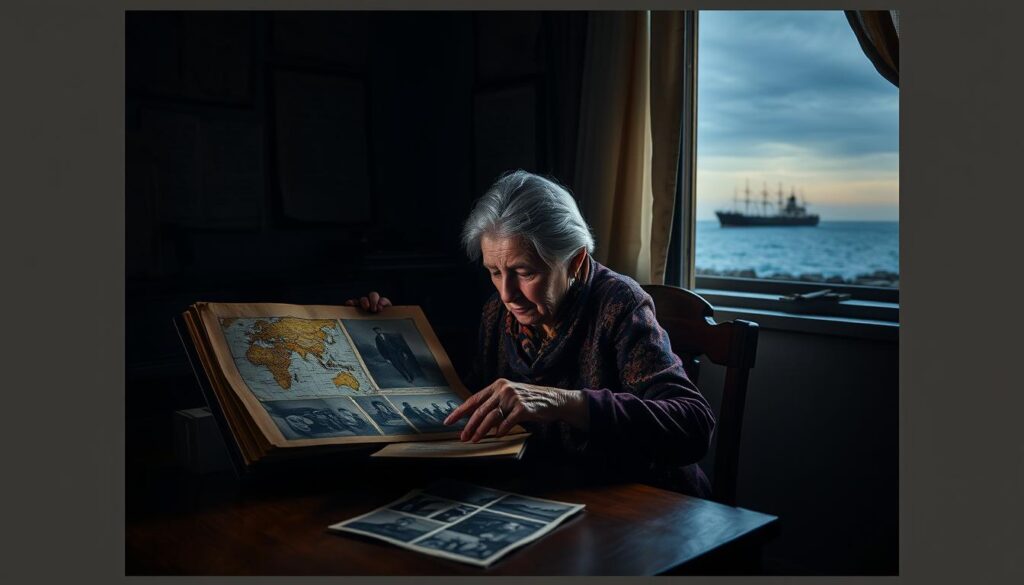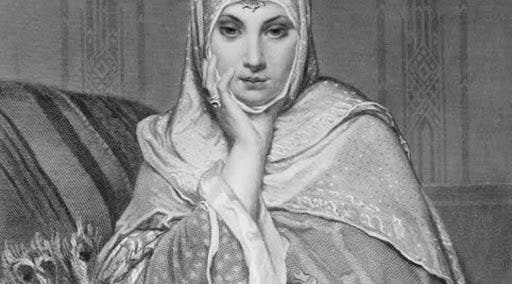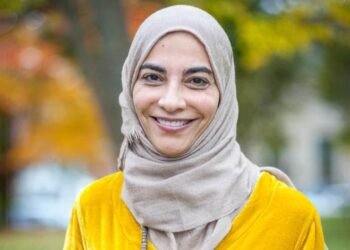In a small Moroccan city over 1,200 years ago, a determined woman turned grief into purpose. After inheriting wealth, she envisioned a place where scholars could gather, debate, and advance human knowledge. Her dream became reality in 859 CE—a center of learning that still operates today as the world’s oldest existing university.
This visionary leader broke barriers in an era when education was rarely accessible to all. She invested her resources to create a hub for subjects like astronomy, mathematics, and theology. Students traveled from across continents to study there, shaping ideas that influenced global progress.
Her institution didn’t just survive—it thrived for centuries. Figures like philosopher Ibn Rushd and geographer Muhammad al-Idrisi walked its halls. Today, it stands as a UNESCO World Heritage Site, proving that education transcends time and borders.
Key Takeaways
- Founded the first degree-granting university still operating today
- Pioneered accessible education in the 9th century using personal wealth
- Created a model for multicultural learning environments
- Inspired modern institutions through sustainable academic practices
- Demonstrated how education empowers communities across generations
Historical Context and Early Life of Fatima al-Fihriya
Born in 800 CE within Kairouan’s bustling trade networks, the visionary educator grew up surrounded by scholars and travelers. Her father, a respected merchant, built substantial wealth through cross-Saharan trade routes. This privileged position exposed her to diverse cultures and ideas from an early age.

Roots in North African Commerce
The family’s relocation to Fez during the Idrisid dynasty marked a turning point. Historians like Ibn Abi Zar’ later noted how this move connected her to Morocco’s growing intellectual community. Her father’s sudden passing left her and her sister with resources that would shape history.
Catalysts for Change
Inherited wealth became a tool for transformation. The sisters channeled their grief into action, drawing from childhood lessons about charity. Fez’s vibrant atmosphere—where Berber, Arab, and Jewish traditions intertwined—fueled their vision for communal progress.
Fourteenth-century records highlight key dates when critical decisions were made. These moments planted seeds for an institution that would outlive empires. Through family bonds and strategic alliances, they turned personal loss into a millennium-spanning legacy of learning.
The Founding of al-Qarawiyyin Mosque and University
Amidst Fez’s ninth-century skyline rose an architectural marvel that would reshape education forever. The visionary founder launched her project in 857 CE, selecting local limestone and cedar to craft a space merging worship with scholarship. Construction began on Ramadan’s first day—a symbolic start for a site blending spiritual growth and intellectual discovery.
Vision, Dedication, and the Construction Process
Every part of the mosque’s design served dual purposes. Craftsmen carved geometric patterns into prayer halls while leaving adjacent spaces open for lectures. By 859 CE, the institution already hosted debates on astronomy and law, proving sacred spaces could fuel secular sciences.
Architectural and Spiritual Significance
The al-Qarawiyyin University became a blueprint for future learning hubs. Its courtyard fountains symbolized purity of thought, while arched libraries preserved manuscripts from three continents. UNESCO later recognized it as the oldest university still granting degrees—a testament to its timeless mission.
Centuries later, the mosque-university model inspires global institutions. Its architectural harmony between faith and reason remains unmatched, showing how one woman’s resolve can ignite a 1,200-year legacy of enlightenment.
Fatima al-Fihriya’s Impact on Global Education
Centuries before modern classrooms existed, a revolutionary learning model emerged that still shapes how we teach and learn today. The world’s first degree-granting university became a blueprint for academic excellence, blending spiritual growth with intellectual rigor.

Role as a Pioneer in Establishing Learning Institutions
This Muslim woman redefined education by creating a space where diverse voices thrived. Unlike exclusive medieval schools, her institution welcomed students of all faiths. Jewish philosophers, Christian theologians, and Muslim scholars debated ideas under one roof—a radical concept for its time.
Influence on Notable Scholars and Cross-Cultural Exchange
The university’s legacy includes nurturing minds like Ibn Khaldun, the father of sociology. His groundbreaking theories on history and economics were shaped by the multicultural debates held there. Over 1,200 years, the institution became a bridge between civilizations, exchanging knowledge from Andalusia to sub-Saharan Africa.
Modern Revival of the University and Its Library
Today, the library houses 4,000 rare manuscripts, including ninth-century Qurans written on gazelle parchment. A 2016 restoration project introduced climate-controlled vaults, merging ancient wisdom with modern preservation. Historians call it a “living museum” where students still study original texts.
From medieval mosques to Ivy League campuses, this visionary’s impact echoes through time. Her story proves that education—when rooted in inclusivity and curiosity—can outlast empires and inspire generations.
Conclusion
Over twelve centuries later, the world’s oldest university still stands as proof that one person’s vision can reshape history. A pioneering woman of the 9th century transformed inherited wealth into a timeless gift for humanity—an institution bridging faith, science, and culture during a pivotal period of global exchange.
Historical records from the 14th century onward confirm her name remains inseparable from educational excellence. While empires rose and fell, her center of learning thrived, hosting debates that shaped mathematics, law, and philosophy. This fact underscores how education outlives its creators when rooted in inclusivity.
Today, UNESCO honors her legacy while modern women leaders draw inspiration from her story. The university’s preserved manuscripts and ongoing operations remind us that knowledge transcends borders—a truth as vital now as in the medieval period.
Her journey teaches a powerful lesson: vision paired with action creates ripples across generations. The world’s oldest degree-granting institution isn’t just a relic—it’s a living testament to how one determined individual can ignite a flame that burns for millennia.






